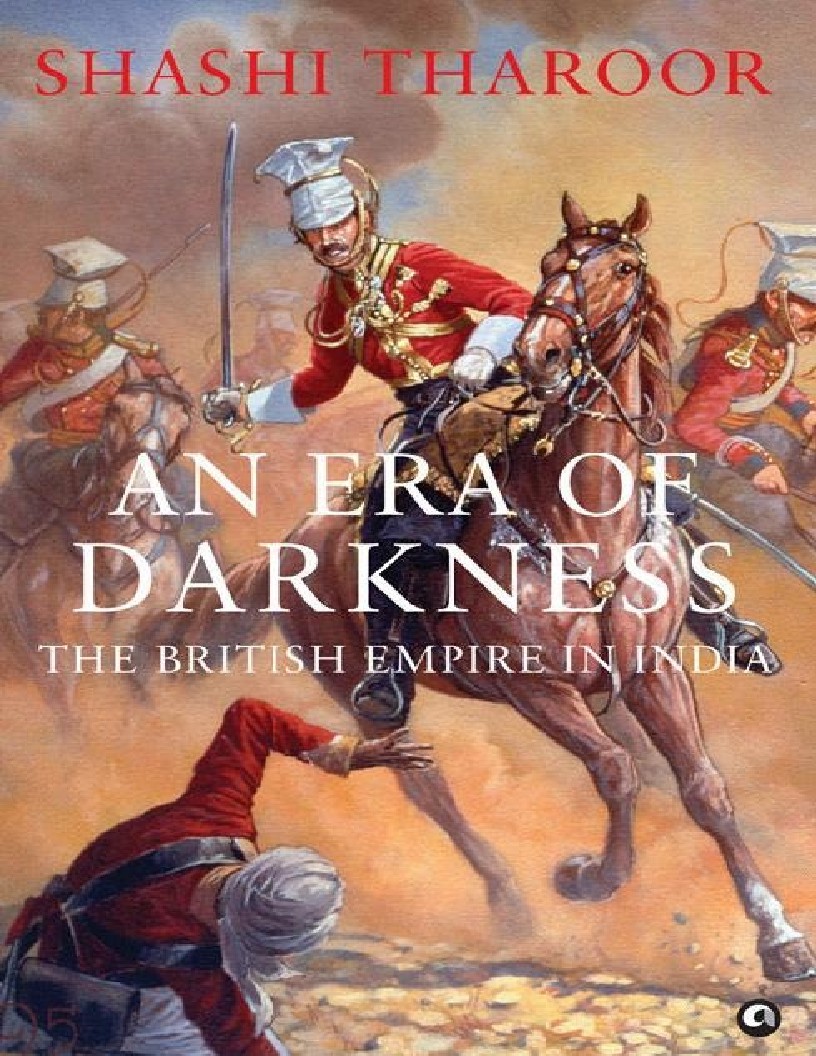Book Details

Panzer Divisions, The Eastern Front 1941-43
On 22 June 1941, when Operation Barbarossa was
unleashed, there was no longer any doubt; the
Panzerwaffe, the German armoured branch, was the
new, decisive instrument of modern land warfare –
and it would be the tool that Germany would use to
overcome her enemies. In the wake of the fall of
France and the German victory in the West in June
1940, Hitler ordered the doubling of the number of
Panzer and motorized infantry divisions, seeking a
new, larger and better-mechanized army. The months
before Barbarossa clearly shown how correct his
desire had been; in April the German Army,
spearheaded by its Panzer Divisions, quickly
conquered both Yugoslavia and Greece, while in
North Africa, Rommel’s Panzers reconquered all of
the territory – except Tobruk – that the Italians had
lost the previous winter. In the first weeks of Barbarossa, it appeared that the
war on the Eastern Front was going to follow the same pattern as the Panzer
Divisions, spearheading the German forces, drove deep into Soviet territory,
encircling large numbers of Red Army units. The extent of these initial
successes was such that in early July 1941 an overconfident General Franz
Halder, chief of staff of the German Army, wrote in his diary that the war
against the Soviet Union had been won. Events would prove that Halder was
quite wrong.
Author: Osprey Publishing
Pages: 98
Issue By: eBook 707
Published: 2 years ago
Likes: 0








